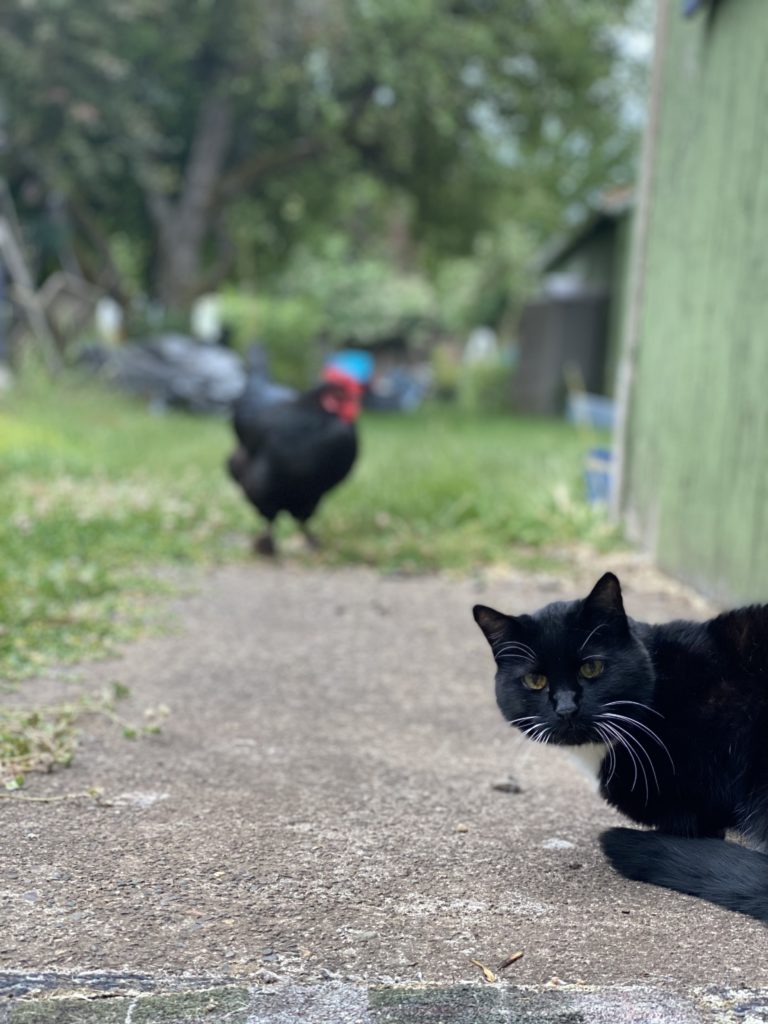
You craft your story or novel, paying special attention to developing your character. While this is great, the bottom line in fiction and memoir is that character does not drive a story. Conflict drives a story.
Writing tip for Today: Let’s take a look at dramatic tension in fiction or memoir:
What is Dramatic Tension?
Conflict, as I said, fuels fiction and memoir. However, dramatic tension is conflict that arises from the story’s core thread. In other words, you might have all sorts of conflict in your story—things exploding, people fighting or yelling at each other, a terrible fire.
As dramatic as these things are, they can’t be dramatic tension in your story unless the conflict is directly related to your main or core story. Conflict must arise from your protagonist’s goal, as various obstacles and antagonists. If your goal is for your character to stop a killer, most of the external conflict must be whatever is standing in the way of that goal.
Dramatic tension refers directly to your readers. You give them a reason to read (a goal and a character) and then show them ever-increasingly difficult ways to thwart that goal (obstacles). Dramatic tension assures readers that your story is much more than one darned thing after another.
Balance Inner and Outer Conflict
Writers who dwell on the character’s inner conflict to the exclusion of actual physical scenes with an antagonist risk losing the reader. If most of the conflict arises because the character is battling inner demons but rarely shows what these conflicts do in the character’s real life, reader engagement will wane.
Some call these inner stories “navel gazers.” If readers picture the story in their minds, they imagine a character sitting and thinking on the stage. Without high-level skill, this story is difficult to maintain reader interest. If your story feels heavy with these ruminative scenes, balance them with what happens to your character as he/she interacts with the world.

Dramatic tension balances inner and outer conflict.
Balance is important. If you weight a story with too much introspection, it can feel stagnant or as if it’s marching in place. Readers prefer to see characters work out (through dramatic tension) their problems with the physical world they must live in. Even the biggest navel-gazer will have trouble in real life that led to so much inner conflict.
What’s the Point?
Stories need dramatic tension so that readers can maintain emotional engagement. When we present readers with conflict that stems from the core thread of the story, readers understand because we’ve attached stakes to the story goal. A good resource for understanding dramatic tension is Larry Brooks’ Story Fix.
As we’ve often discussed, a story goal or core thread must have stakes or consequences worthy of our readers’ time. The So What? test helps determine if our stakes are high enough—worthy of our readers’ emotional engagement. If my character does not reach the goal, what will happen?
The possibility that something awful will happen if the character does not attain the goal keeps readers turning pages. They keep reading to see what happens next, hoping the character overcomes the obstacles, yet cheering on the obstacles as necessary in relation to the story stakes. High stakes and conflict that stems from the goal is what dramatic tension is all about.




